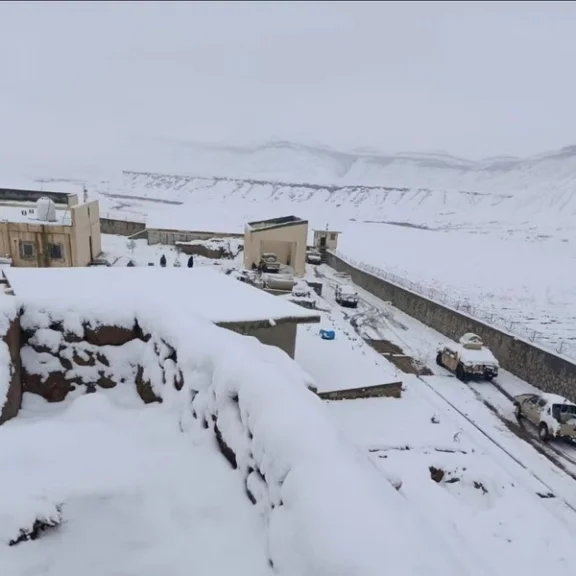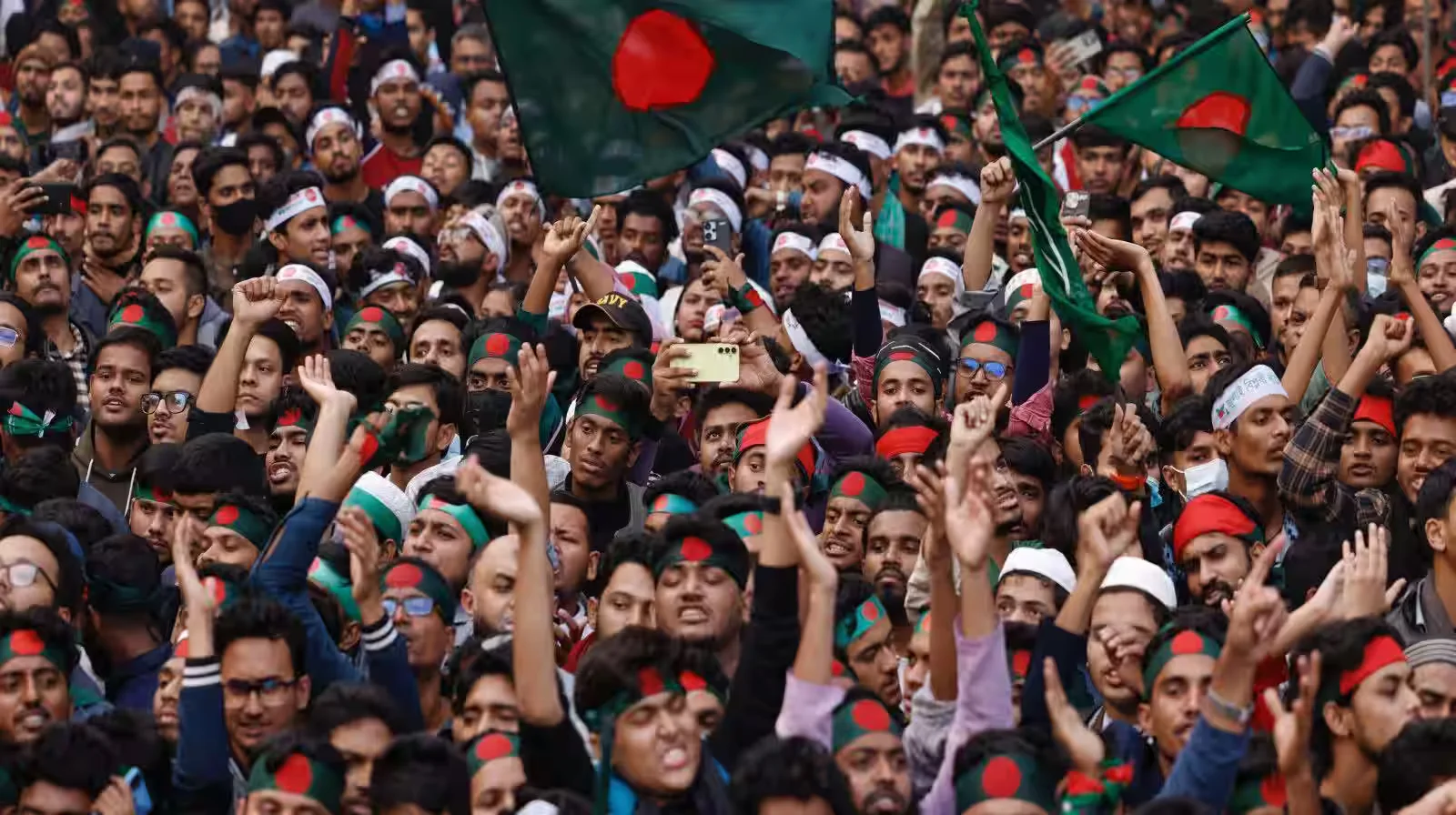Pakistan stands as a shining example of what can be achieved when a nation refuses to surrender in the face of adversity. In a region driven by tensions, challenges, and seemingly endless suspicions, Pakistan is demonstrating that positive change is not only feasible but is happening right here, right now
An Amazing Economic Comeback
The recent economic revival in Pakistan is quite unbelievable. It is truly remarkable to witness a country with an inflation rate of 38% reduce it to just 5% in less than two years, equivalent to transforming a failing grade into an A+. The nation’s stock market became the second-best in the world with a 78 percent rise, indicating that investors have faith in Pakistan’s future.
What’s most interesting is that Pakistan saw an economic growth rate of 2.7%, while most other countries faced a decline. The Asian Development Bank forecasts further growth for Pakistan in 2026. This isn’t just about statistics, it means a real improvement in people’s lives, with per capita income rising from $1,662 to $1,824.
Building the future through CPEC
In the past decade, the China-Pakistan Economic Corridor (CPEC) has profoundly transformed Pakistan. With investments exceeding US$62 billion, CPEC has boosted Pakistan’s electricity grid with over 5320 MW of additional capacity and constructed more than 1500 kilometers of modern motorways. This monumental undertaking has created 200,000 jobs and is positioning Pakistan as a vital trade artery connecting China and Central Asia to the global market.
The modernization of Gwadar Port and the establishment of Special Economic Zones are foundational elements shaping Pakistan’s future as a regional economic powerhouse. This serves as an inspiring precedent for other South Asian nations, demonstrating that through strategic alliances and unwavering determination, even the most ambitious aspirations can be realized.
Winning Friends Around the World
Pakistan’s diplomacy in 2024-2025 has been exemplary. The nation’s commitment to peaceful dialogue in times of regional tension garnered praise from global powers like Russia and the United States. Hosting the Shanghai Cooperation Organization meeting in Islamabad further solidified Pakistan’s position as a respected leader on the international stage.
Pakistan’s election to significant international organizations, such as the Board of Governors of the International Atomic Energy Agency, underscores the world’s confidence in its responsible actions. This successful diplomacy fosters hope for enhanced regional cooperation and the peaceful resolution of conflicts.
Defeating Terrorism and Building Peace
Pakistan has achieved extraordinary success in its war against terror. The country has reduced terror attacks by 30 percent within five years, conducting 59,775 intelligence operations in 2024 alone and killing 925 terrorists. Military actions like Zarb-e-Azb have cleared terrorist safe havens, allowing the government to re-establish control over more than 90 percent of previously dangerous areas. The integration of the former tribal areas (FATA) into Khyber Pakhtunkhwa marks a significant victory for democracy and peace. This demonstrates to other countries grappling with terrorism that victory is attainable through the development of stronger democratic institutions.
Success stories of innovation and technology
Pakistan’s startup scene is booming with innovative and creative improvisation. Pakistani entrepreneurs are tackling tangible problems with technological solutions, leading to the emergence of over 1,815 new businesses that have successfully raised more than $350 million in recent years. Companies like Bykea, Dawaai, and SadaPay are transforming how individuals work and live, creating thousands of job opportunities.
The establishment of 24 incubators and accelerators, 80 coworking spaces, and 20 formal investors demonstrates Pakistan’s strong commitment to supporting young entrepreneurs. These success stories inspire young people across South Asia to dream big and launch their own ventures.
Sports Excellence That Motivates the Nation
Pakistani athletes continue to make their country proud on the international stage, consistently living up to expectations. In 2024 alone, Pakistani sportsmen secured titles in snooker, volleyball, baseball, powerlifting, and martial arts. Mohammad Asif became a three-time champion at the World Snooker Championship, and Pakistani powerlifters earned 15 gold medals at the Asian Pacific Championship. These sporting successes, particularly Arshad Nadeem’s Olympic gold medal, demonstrate that with proper training and encouragement, Pakistani players can excel against the world’s best, inspiring youth across South Asia to pursue their athletic aspirations.
Use of Nuclear Technology for Peaceful Purposes
Pakistan has maintained an impeccable nuclear safety record for over 60 years, securely and responsibly managing its nuclear energy program. Clean nuclear energy currently accounts for 17 percent of the nation’s electricity, with a goal to reach 40,000 MW by 2050, demonstrating a strong commitment to clean energy.
Pakistan’s responsible nuclear stewardship is recognized internationally, evidenced by its 21 elections to the IAEA Board of Governors, including two terms as chair. The country’s peaceful application of nuclear technology in energy, medicine, and agriculture serves as a model for other developing nations.
Humanitarian Leadership
Pakistan boasts one of the most cross-functional relief undertakings globally, exemplified by programs like the Benazir Income Support Program during the devastating 2022 floods, which impacted 33 million citizens. A nation known for its generosity, Pakistan has hosted the largest number of Afghan refugees worldwide over the past 40 years, serving as one of the highest refugee-hosting nations. This history of assisting needy neighbors fosters hope for increased regional cooperation.
A Model for the Region
Pakistan exemplifies a beacon of hope, having successfully transformed challenges into opportunities. While facing its share of problems, it has demonstrated resilience, showing that economic crises can be overcome, terrorism defeated, and international respect earned through responsible conduct and astute diplomacy. Pakistan’s advancements in renewable energy, technological innovation, and peaceful nuclear development offer a replicable roadmap for other South Asian nations.
Crucially, Pakistan illustrates that a country can maintain robust relationships with diverse global powers while upholding its values and fostering regional peace. Its dedication to dialogue over conflict, support for multilateral cooperation through organizations like SAARC, and vision of shared prosperity via projects like CPEC provide optimism for a more peaceful and prosperous South Asia.
Pakistan’s journey from crisis to stability, isolation to international respect, and economic struggles to sustainable growth underscores that no obstacle is insurmountable. In a world often preoccupied with problems, Pakistan serves as tangible proof that positive change is achievable, solidifying its role as a true beacon of hope for South Asia and beyond.






